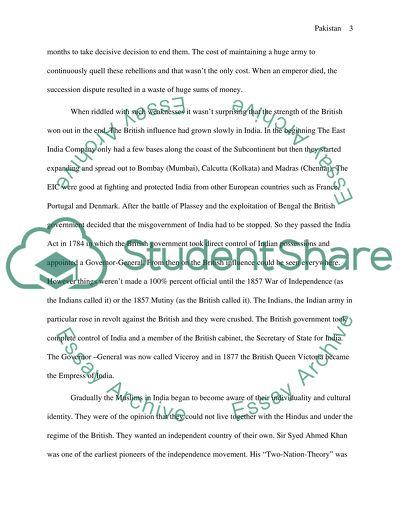Cite this document
(“Cultural Perspectives from another Country - Pakistan Essay”, n.d.)
Retrieved from https://studentshare.org/miscellaneous/1533123-cultural-perspectives-from-another-country-pakistan
Retrieved from https://studentshare.org/miscellaneous/1533123-cultural-perspectives-from-another-country-pakistan
(Cultural Perspectives from Another Country - Pakistan Essay)
https://studentshare.org/miscellaneous/1533123-cultural-perspectives-from-another-country-pakistan.
https://studentshare.org/miscellaneous/1533123-cultural-perspectives-from-another-country-pakistan.
“Cultural Perspectives from Another Country - Pakistan Essay”, n.d. https://studentshare.org/miscellaneous/1533123-cultural-perspectives-from-another-country-pakistan.


